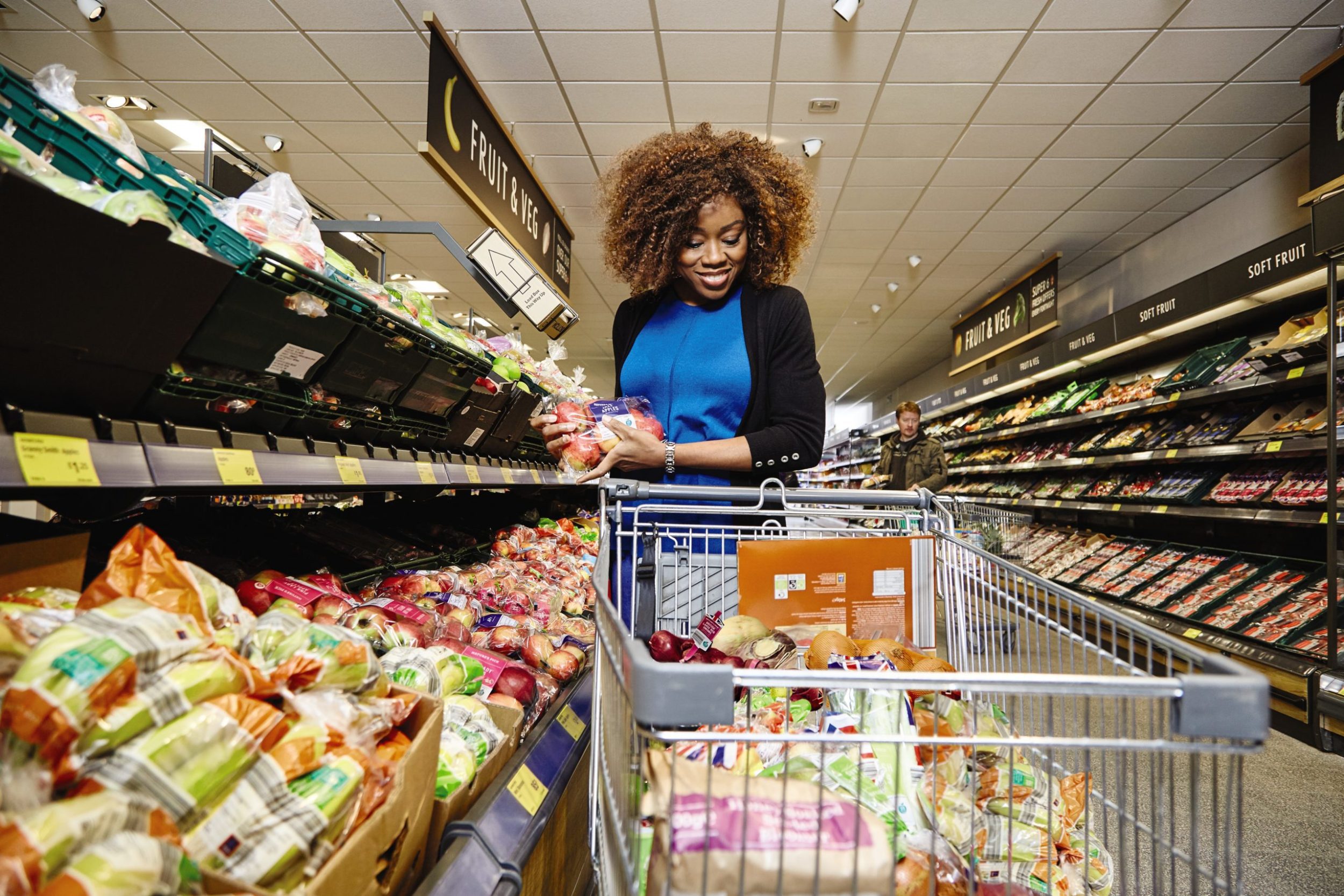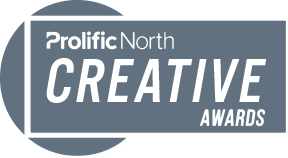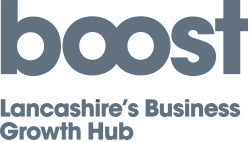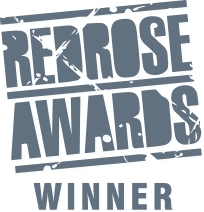One of the magic tricks brands can play is to make a product previously considered a commodity into a more considered premium purchase.
There is perhaps no better example of this than water.
Freely available from any nearby tap, bottled water only grew in popularity in Britain with a campaign by Perrier that launched in 1979.
For the first time since the eradication of cholera in the 19th Century, British consumers began to seriously consider the source of the water they were drinking.
But rather than focus on its cleanliness, the Perrier campaign sought to establish an association between its water and a vague notion of French chicness.
Water, for the first time, became a status symbol.
“Perrier became a badge,” Michael Bellas, chairman of the Beverage Marketing Corporation told the BBC.
“When you held a Perrier bottle up, it said something about yourself, it said you were sophisticated, you understood what was happening in the world.
“It was a perfect beverage for the young up-and-coming business executives, the trendsetters.”
There is no shortage of water brands to choose from now, from Evian and Highland Spring to Volvo and Smart Water – and each brand has been carefully calibrated to say something about you, even if your primary motive for buying a bottle is just to quench your thirst.
The same trends are at play throughout the supermarket. Cravendale milk. Jazz apples. Florette salad. Cathedral City cheese. Each brand has carved a niche and persuaded consumers to seek their products in favour of cheaper generic alternatives.
Petrol forecourts are another location where the power of brands for years defied rational thinking. Did it matter whether you put a “tiger in your tank”, as Esso implored, or opted for Shell or BP instead?
Most consumers eventually decided the price was the determining factor, and supermarket forecourts have won market share by effectively turning fuel into a commodity once more. And so the pendulum swings.
Aldi and Lidl are masters at turning brands back into commodities by aping their appearance and selling at a discount. It is a cunning sleight of hand to persuade buyers to opt for Aldi’s Harvest Morn Wheat Bisks while basking in the afterglow of Weetabix’s multiyear ad budget.
But for hungry entrepreneurs, plenty of opportunities remain to identify commodities that might yet be transformed into brand names with a greater perceived value, whether real or imagined.










